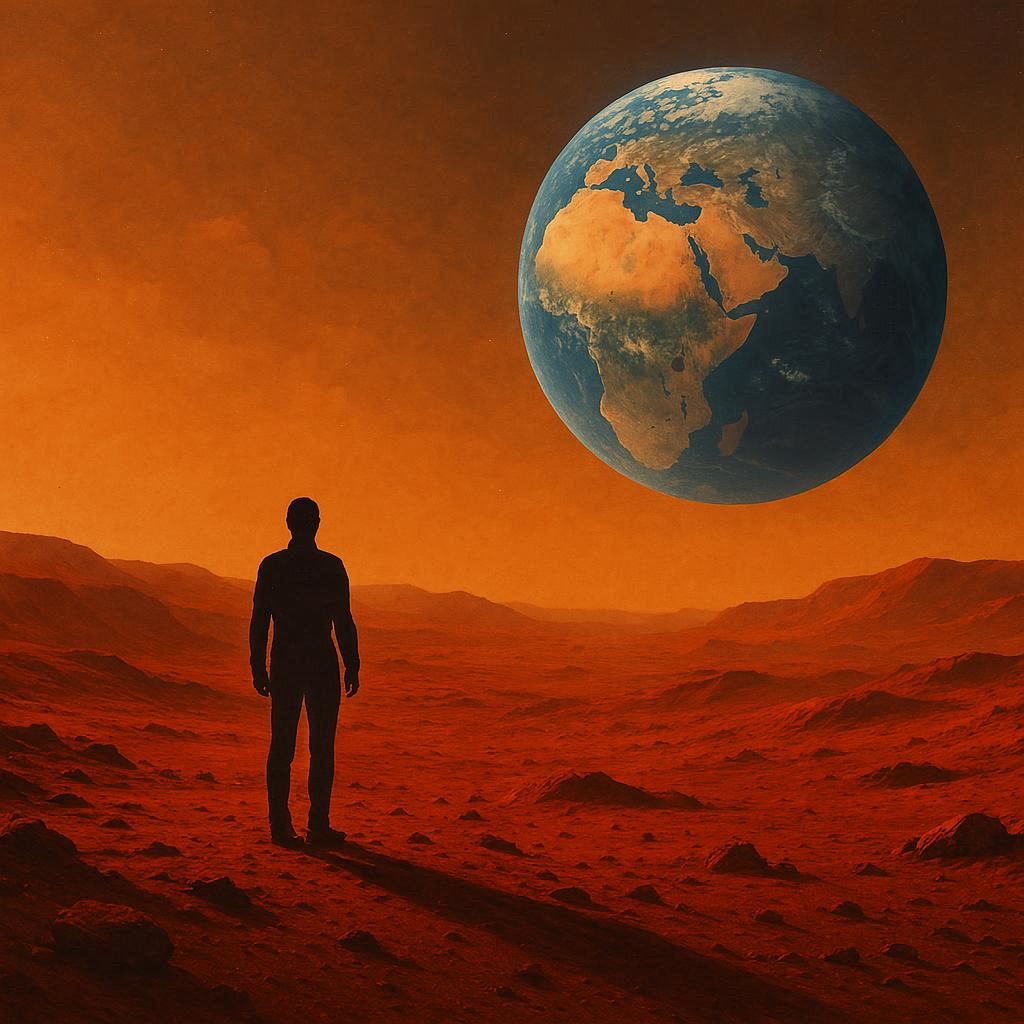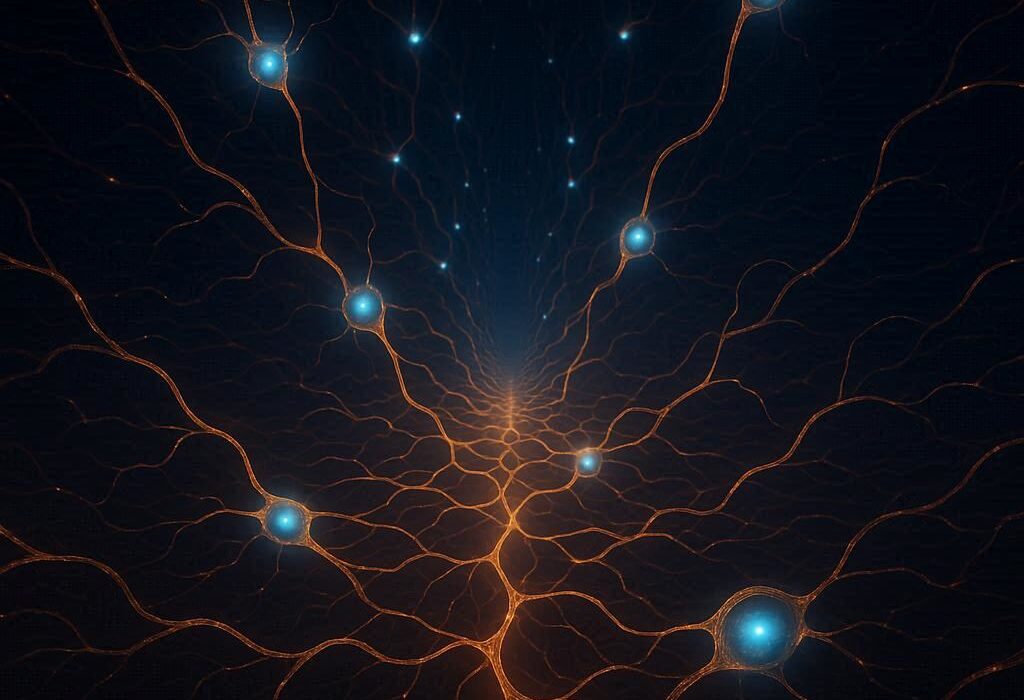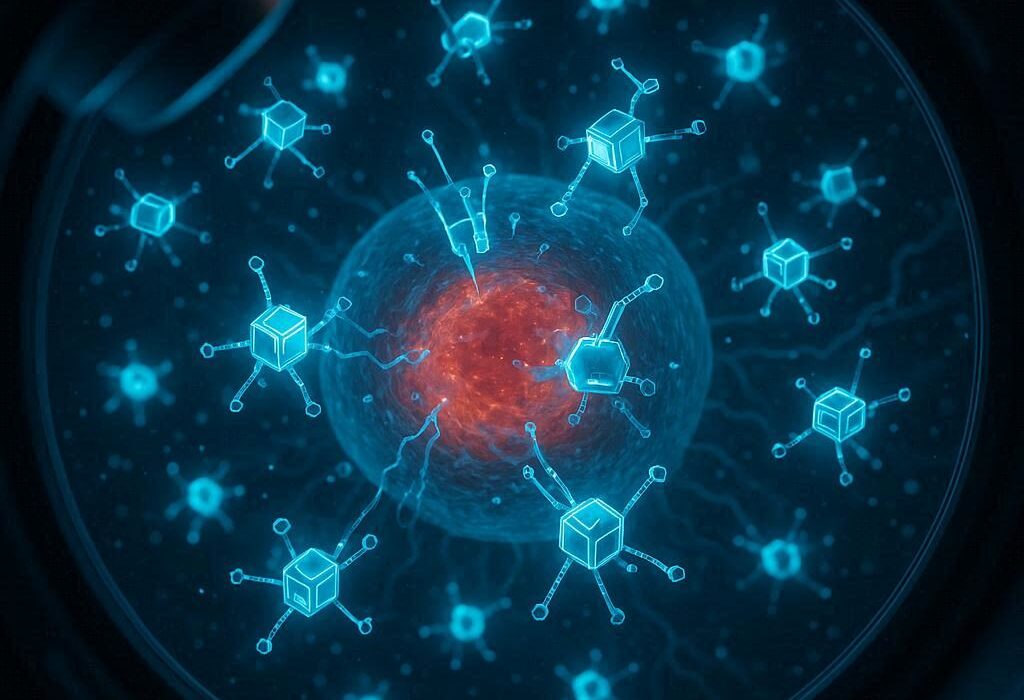Since the dawn of human history, we have looked up at the night sky and wondered what it would be like to live among the stars. From ancient myths about heavenly realms to modern science fiction tales of interplanetary civilizations, the idea of leaving Earth has always captured our imagination. Yet, behind the poetry of exploration lies a biological and scientific question as profound as it is unsettling: could humans actually evolve to survive on other planets?
The Earth is not just our home; it is our cradle. Every aspect of our biology—from the way we breathe and metabolize food, to the way our bones grow and our hearts beat—is calibrated to the conditions of this planet. We are, in a very literal sense, creatures of Earth. Its gravity has sculpted our skeletons, its oxygen-rich atmosphere has shaped our lungs, its protective magnetic field has shielded our DNA, and its cycles of day and night have tuned our circadian rhythms. To leave Earth is not merely to relocate—it is to tear ourselves away from the very environment that made us what we are.
And yet, our technology and curiosity are pushing us toward worlds where the rules of existence are very different. Mars, with its thin air and freezing deserts; Europa, with its hidden oceans beneath ice; Titan, with its methane seas—each of these worlds offers the possibility of survival, but none without monumental challenges. Could humans adapt? Could natural selection sculpt us into beings uniquely fit for alien environments? Or could we take control of our own evolution, bending biology through science to survive among the stars?
The Fragile Design of the Human Body
To understand whether humans could evolve for survival on other planets, we must first understand just how finely tuned we are to Earth. Gravity, for instance, exerts a force that has shaped the density of our bones, the strength of our muscles, and the way blood circulates through our veins. On a planet with weaker gravity, like Mars, our muscles would weaken over time, our bones would become brittle, and even our cardiovascular system would struggle to pump blood upward in ways it has mastered on Earth. On worlds with stronger gravity, the opposite problem arises: every step would feel like a crushing burden, and our bones might fracture under the strain.
Atmosphere is another defining factor. Earth’s atmosphere is thick enough to shield us from harmful radiation and contains the right balance of gases—about 21 percent oxygen—for our metabolism to function. On Mars, the atmosphere is 100 times thinner and composed mostly of carbon dioxide. Breathing there would be impossible without technology, and radiation from the Sun would bombard unprotected tissue. On Titan, Saturn’s largest moon, the air is thick enough to walk around without a pressure suit, but it is mostly nitrogen and methane—lethal for human lungs.
Temperature extremes, radiation exposure, lack of liquid water, toxic soils—all these conditions highlight the narrow window in which life on Earth exists. To survive on other planets, our bodies would either need to be protected constantly by technology, or they would have to change at the deepest levels. The question, then, is whether evolution could achieve such changes.
Natural Evolution Beyond Earth
Natural evolution is a slow process. It works over thousands, often millions of years, driven by mutations and environmental pressures. For humans to evolve on another planet, several conditions would need to be met. First, there would have to be large populations living permanently on those worlds, exposed to selective pressures. Second, survival would need to depend on traits that favored adaptation—stronger bones, altered skin, different metabolisms. Over many generations, these traits might spread through populations.
Imagine, for example, a colony on Mars. The planet’s weaker gravity might lead to smaller, more lightly built humans over generations, as heavy bones and muscles would no longer be essential. Yet at the same time, resistance to radiation might become crucial. Perhaps individuals with mutations that increase DNA repair would be more likely to survive and reproduce, slowly shifting the population toward greater radiation tolerance. Similarly, darker skin pigments or entirely new protective molecules might evolve to shield against ultraviolet and cosmic rays.
On a world like Titan, where cold dominates, natural selection might favor metabolic changes—humans better at generating heat, or with cellular adaptations to prevent freezing, could survive longer. Over immense stretches of time, these pressures might even produce humans with fundamentally different physiologies. Our descendants might not look much like us at all.
Yet the slowness of natural evolution poses a problem. Human civilizations move on a timescale of centuries, not millions of years. The environment of other planets is so harsh that without technological support, most colonists would not survive long enough for evolution to take root. To truly become creatures of other worlds, we may need to take a different path—one where evolution is guided not by nature, but by human intention.
Directed Evolution and Genetic Engineering
In the twenty-first century, we are no longer entirely at the mercy of natural selection. Advances in genetics have given us tools that could, in principle, reshape human biology deliberately. Technologies like CRISPR allow us to edit DNA with remarkable precision, and future developments may grant us the ability to insert entirely new genes or rewrite our physiology. If humans are to thrive on other planets, directed evolution—self-guided transformation—may become essential.
Consider radiation resistance. Some microbes on Earth, such as Deinococcus radiodurans, can withstand doses of radiation that would be instantly lethal to humans. By studying such organisms, scientists may one day transfer similar protective mechanisms into human DNA. Likewise, metabolic pathways might be engineered to make use of carbon dioxide in alien atmospheres, or to process nutrients unfamiliar to Earth life.
Other modifications might address the challenges of gravity. Genetic changes to bone density, muscle strength, and cardiovascular function could help humans adapt to both lighter and heavier worlds. Even our senses might be reshaped: on planets with dim sunlight, enhanced vision could evolve, or be engineered, to make use of infrared or ultraviolet light.
This vision raises profound ethical questions. At what point would these altered beings cease to be human as we know them? If future generations were genetically redesigned for Mars or Titan, would they still share our identity, or would we be witnessing the birth of entirely new species? Directed evolution could make survival possible, but it would also redefine what it means to be human.
The Role of Technology as a Bridge
Even if humans could eventually evolve or be engineered to live on other planets, the immediate survival of spacefaring populations will depend on technology. Space suits, habitats with controlled atmospheres, radiation shields, artificial gravity, and advanced life-support systems are likely to be our first line of adaptation. In many ways, technology serves as an external form of evolution, a way of extending our natural abilities without rewriting our biology.
But the reliance on technology raises another dilemma. What happens if technology fails? Could a human stripped of equipment survive even briefly on another planet? The answer, at least for now, is no. Mars would suffocate us in seconds, the Moon would expose us to vacuum, Venus would crush and burn us instantly. Our biology is so delicately tuned to Earth that without technological scaffolding, survival beyond our world is impossible.
Still, as technology becomes more sophisticated, it may act as a bridge to biological change. Perhaps the first Martian generations will live entirely within domed habitats, dependent on machines. Over centuries, as genetic modifications accumulate, humans might slowly become more independent of their life-support systems. Eventually, the line between technology and biology might blur entirely, with cybernetic enhancements complementing genetic ones. In this vision, humans of the future would be hybrid creatures—part biological, part technological—designed to fit alien worlds as seamlessly as Earth fits us now.
Psychological and Social Evolution
The question of human evolution beyond Earth is not only biological but also psychological and cultural. Living on another planet would demand not just physical adaptation but profound changes in how we think, organize societies, and define ourselves.
On Mars, for instance, settlers would live in small, isolated communities, often underground or within enclosed habitats. The psychological effects of confinement, distance from Earth, and alien landscapes could be immense. Over time, cultural evolution might give rise to entirely new social structures. Mars-born humans might develop identities distinct from Earth, their values shaped by the need for cooperation and resilience in hostile environments.
If humans spread to multiple planets, the differences could become even sharper. Martian humans, Titan humans, lunar humans—each adapted to their environment, both biologically and culturally. Interplanetary diversity could surpass anything humanity has experienced on Earth. Where today we speak of ethnic or national differences, tomorrow we may speak of planetary ones.
Would these differences unite us or divide us? Could humans from different worlds intermarry, share cultures, and cooperate? Or would we witness the rise of entirely separate species, with divergent interests and identities? Evolution beyond Earth might bring not only new bodies, but new minds and new civilizations.
The Cosmic Time Scale of Evolution
When asking whether humans could evolve to survive on other planets, we must also consider time. Evolution does not unfold in decades or even centuries. The human species, as we recognize it, has existed for about 300,000 years. Our ancestors diverged from other primates millions of years ago. If humans settle other worlds, the changes we imagine—radiation resistance, altered skeletons, new metabolisms—would not appear overnight. They would unfold across countless generations.
On such timescales, the very concept of “human” might dissolve. Our descendants on Mars a million years from now might be so different that we would not recognize them as kin. Their languages, cultures, and even bodies might be alien to us. To them, Earth might be no more than a distant myth, their true identity bound to the red deserts or methane seas of their adopted homes.
This is both humbling and inspiring. Evolution is not a static process but an ongoing river of change. Just as the first amphibians once crawled from oceans to land, humans may one day be the species that leaves one planet to seed others. And just as amphibians gave rise to reptiles, birds, and mammals, our cosmic journey could give rise to beings that surpass us, beings who carry the spark of our origin but blaze with new forms of life.
The Boundaries of Imagination and Reality
Science fiction has long explored the idea of human evolution beyond Earth, from Martians with elongated limbs to genetically engineered spacefarers adapted for interstellar voyages. While these visions often stretch beyond current science, they serve an important role: they expand our imagination. For the journey to other worlds is not merely a technical challenge but a question of possibility itself. Could we truly change so much? Could we abandon the Earthly shell we know and embrace something entirely new?
The answer may lie in a convergence of forces—natural selection, genetic engineering, technological augmentation, and cultural transformation. Alone, each of these may fall short, but together they could weave a path toward a future where humans, or post-humans, thrive on alien worlds. What today seems impossible may, over cosmic time, become inevitable.
The Legacy of an Evolving Humanity
Whether humans evolve naturally, guide their own evolution, or merge with technology, the journey to survive on other planets is ultimately about more than biology. It is about legacy. Earth is finite, and while it has nurtured us for billions of years, it will not last forever. Stars die, planets change, and civilizations rise and fall. To survive as a species, we must eventually look beyond Earth.
The question is not whether humans can evolve to survive on other planets, but whether we dare to try. The process will not be simple. It may demand sacrifices, transformations, and a redefinition of what it means to be human. But in striving to adapt, we honor the deepest truth of life itself—that survival depends on change.
When future generations gaze upon alien suns, walking across landscapes utterly foreign yet strangely familiar, they will carry with them the memory of Earth. They will remember that their bones were shaped by Earth’s gravity, their lungs by its air, their hearts by its rhythm. But they will also know that they are part of something larger—the unbroken thread of life evolving ever onward, reaching into the cosmos.
In that sense, the question of whether humans could evolve to survive on other planets is not only scientific but profoundly philosophical. It asks us whether we are willing to embrace the unknown, to accept that humanity is not a fixed form but a story still being written. And if we choose to write that story among the stars, then perhaps one day our descendants will look back on Earth not as their only home, but as the place where the journey began.






